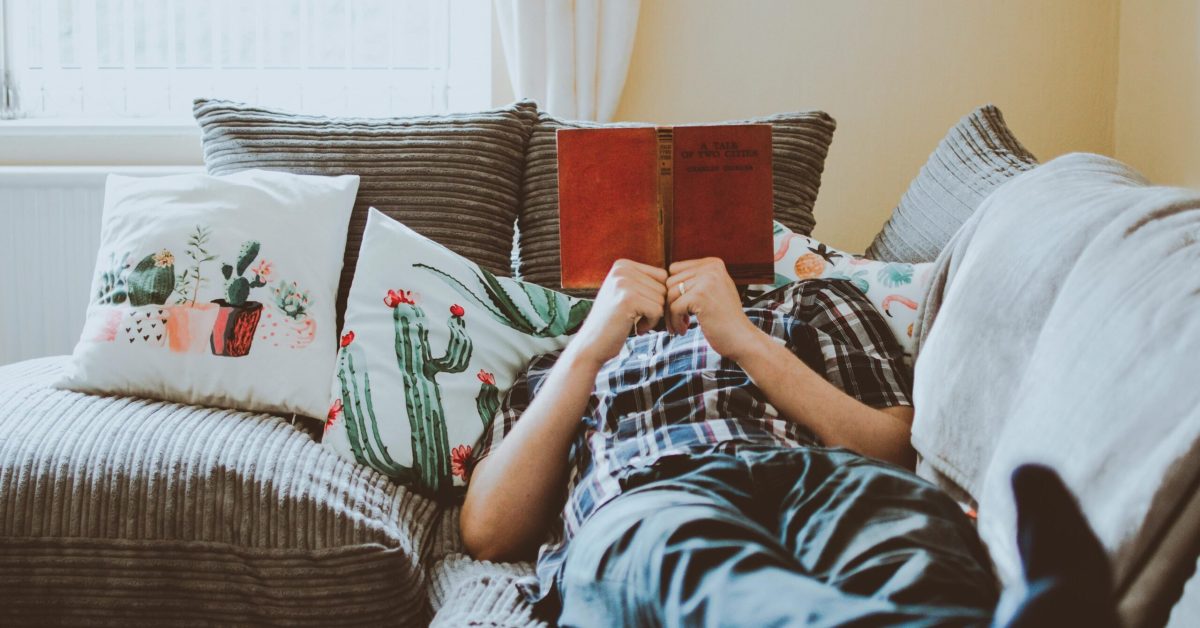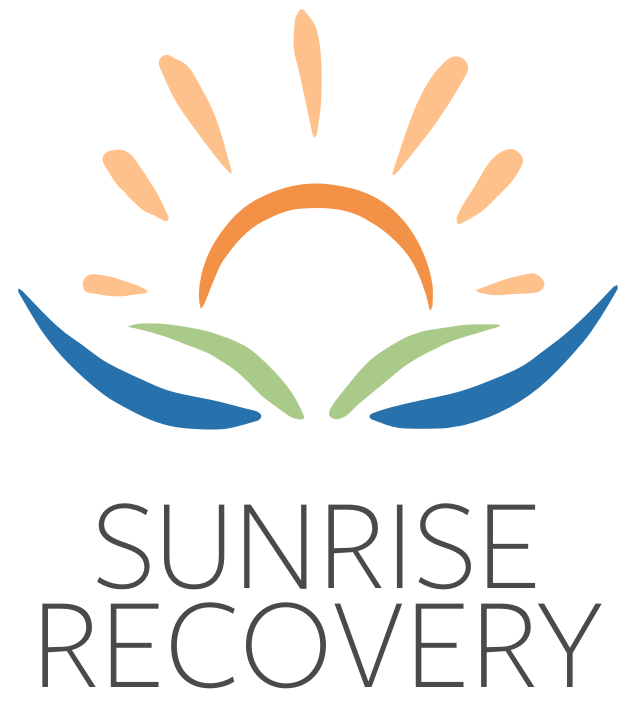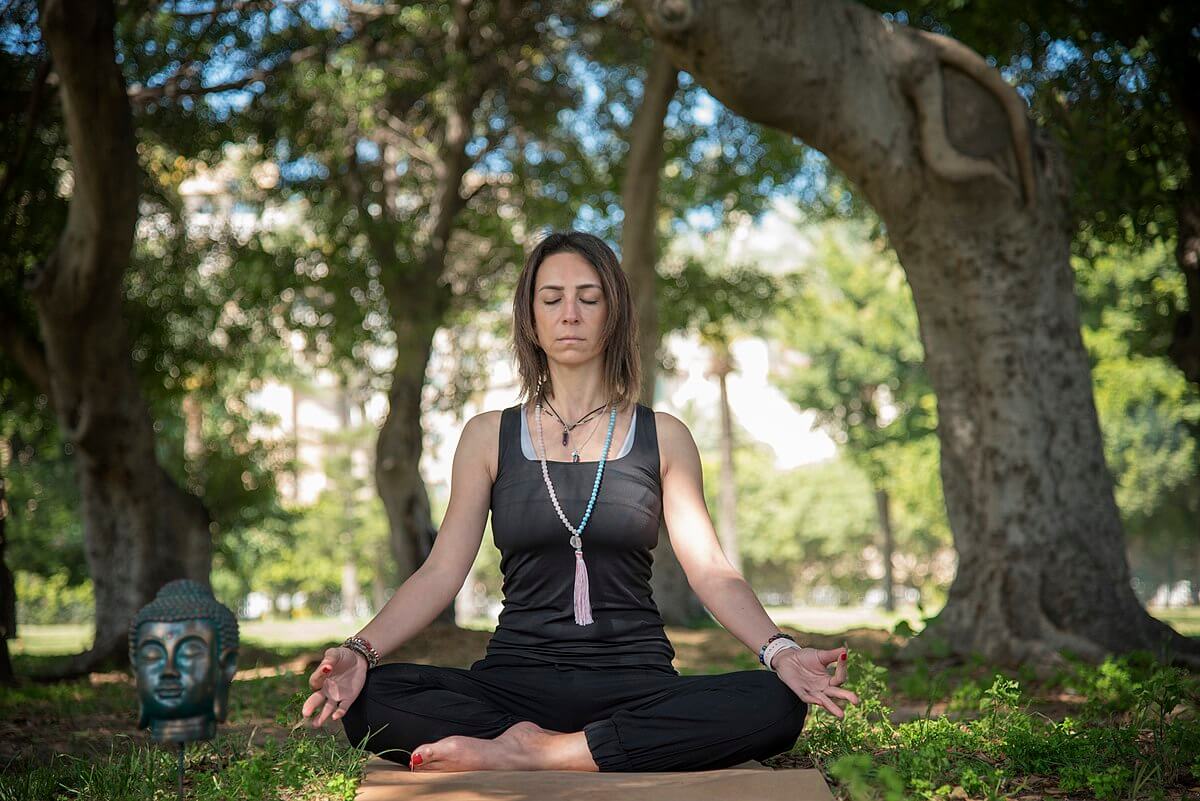National Relaxation Day takes place every year on August 15 and offers a valuable opportunity to pause, recharge, and focus on wellness, which is especially important for people in recovery.
The stress of rebuilding your life can weigh heavily, and setting aside time to rest is a meaningful part of the healing process. It serves as a poignant reminder of the importance of unwinding and recharging, showing that slowing down is just as important as staying productive.
This article explores practical ways to make the most of National Relaxation Day through breathwork, journaling, and mindful movement. It also highlights local resources in Indiana and therapist-approved tips for weaving relaxation into daily routines.
These strategies can help build sustainable habits that support long-term recovery and overall well-being.
Why Relaxation Matters in Recovery
Supports Emotional Stability
Managing stress in sobriety requires consistent tools for regulating emotions. Taking short breaks throughout the day helps calm the nervous system and prevent emotional overload. Incorporating moments that encourage us to slow down and unwind strengthens emotional resilience and keeps recovery on track.
Improves Physical Health
Slowing down gives the body a chance to repair itself from the strain of daily stress. Practices like gentle stretching or visiting a spa can lower tension and help improve circulation. It allows the body to recover from stressors, making it easier to maintain physical stability and overall health during the long-term recovery process.
Enhances Focus and Clarity
Clear thinking is essential for making healthy decisions in recovery. Activities such as meditation help reduce distractions, improve concentration, and create space for thoughtful choices. Relaxation improves focus, reduces stress and supports emotional resilience, which in turn helps you stay committed to treatment goals and personal growth.
Builds Mindfulness Skills
Mindfulness practices train the mind to notice and respond to stress in healthier ways. Taking time for mindfulness can regulate breathing, lower anxiety, and strengthen awareness of triggers. Over time, these habits contribute to lasting stress relief and better emotional control.
Encourages a Balanced Lifestyle
Sobriety benefits from routines that balance rest, work, and self-care. Adding enjoyable activities like reading, light movement, or nature walks helps maintain this balance while reducing tension. These routines make recovery time more restorative, increasing the likelihood of long-term success.
Breathwork – A Simple Tool With Big Benefits
Breathwork’s Role in Reducing Anxiety and Cravings
Breathwork is an effective way to manage stress in recovery because it actively calms the nervous system. By focusing on intentional breathing, you can slow your heart rate, release muscle tension, and reduce the physical symptoms of anxiety. This process helps shift the body into a relaxed state where it is easier to think clearly and make healthy choices.
Reducing anxiety through breathwork also decreases the likelihood of cravings that can threaten sobriety. When stress is managed before it escalates, the brain is less likely to signal the urge for unhealthy coping mechanisms.
National Relaxation Day serves as a reminder to make time for these practices, reinforcing how regular breathwork can strengthen emotional resilience and support recovery goals.
Step-by-Step Guide for the 4-7-8 Breathing Technique
The 4-7-8 breathing method is a simple yet effective technique that helps calm the nervous system and promote a deep sense of relaxation.
- Inhale for four seconds by breathing quietly through your nose, allowing your lungs to expand fully and drawing air deep into your diaphragm.
- Hold for seven seconds to give your body time to absorb oxygen and create a pause that signals your mind to slow down.
- Exhale for eight seconds through your mouth, releasing all the air while consciously letting go of physical tension and mental strain.
Repeat this sequence three to four times to restore balance, steady your thoughts, and prepare yourself to handle stressful situations with greater control.
Local Indiana Options for Guided Breathwork Classes
Indiana has several guided breathwork opportunities that combine structured breathing techniques with supportive environments suited for individuals in recovery.
- Community wellness centers offer group sessions focused on relaxation, stress management, and building consistent breathing habits.
- Yoga studios integrate breathwork into movement-based classes, enhancing both physical flexibility and mental clarity.
- Specialized workshops provide targeted instruction for those who want to deepen their breathing practice and apply it to recovery goals.
- Local rehab centers often include guided breathing sessions as part of holistic recovery programs, helping clients develop stress management skills alongside other therapies.
- Recovery-focused fitness facilities sometimes pair breathwork with light physical activity to promote both mental clarity and physical endurance.
These programs can strengthen personal practice by offering professional guidance, community connection, and practical skills that support lasting recovery progress.
Journaling – Making Space for Your Thoughts
Emotional and Mental Benefits of Journaling in Recovery
Journaling creates a structured outlet for processing thoughts and emotions, which can be essential for people marking National Relaxation Day as part of their recovery plan.
- Encourages self-reflection by allowing you to explore emotions and experiences in a safe space.
- Improves emotional regulation by helping you identify patterns in your mood and reactions.
- Supports mental clarity by reducing mental clutter and sharpening focus on your goals.
- Provides stress management by giving you a healthy method to process challenges.
- Reinforces mindfulness by keeping you grounded in the present moment.
Including journaling in your daily routine can strengthen emotional resilience and reinforce habits that promote wellness.
Prompts and Methods to Get Started
Starting a journaling habit can feel easier with prompts and approaches that keep the process engaging.
- Daily gratitude lists encourage focusing on positive experiences and small wins.
- Stream-of-consciousness writing lets you capture thoughts without worrying about grammar or style.
- Themed prompts like “What made me feel strong today?” or “What challenged my recovery this week?” guide deeper exploration.
- Mood tracking helps you connect emotional patterns with certain events or behaviors.
- Goal-setting pages allow you to map short-term and long-term recovery milestones.
By mixing different prompts and methods, you can create a journaling practice that feels fresh, relevant, and motivating.
How to Use Journaling as a Relapse Prevention Tool
Journaling can act as a proactive strategy for preventing relapse by making triggers and coping mechanisms more visible.
- Track triggers by documenting events, situations, or people that increase stress or cravings.
- Record coping strategies that have worked in the past and can be repeated in future challenges.
- Log daily reflections to monitor emotional trends and spot early warning signs.
- Highlight support networks that you can reach out to during high-stress periods.
- Note self-care activities, such as activities that help you relax and stay balanced.
By using journaling this way, you can create a personal guide that supports recovery time and strengthens your ability to stay on track.
Mindful Movement – Connecting Body and Mind
Benefits of Yoga, Tai Chi, and Walking
Gentle practices like yoga, tai chi, and walking combine physical activity with mental focus, making them ideal for supporting balance in recovery.
- Yoga improves flexibility, builds strength, and promotes emotional balance through controlled breathing and posture work.
- Tai chi enhances coordination, stability, and focus with slow, intentional movements that are easy on the joints.
- Walking boosts cardiovascular health, encourages reflection, and provides a steady rhythm that can calm the mind.
- Mindful stretching reduces muscle tension, improves posture, and prepares the body for better movement.
- Outdoor movement connects you with nature, adding an element of peace that can help reduce stress and improve mood.
Including these activities in your routine supports both physical strength and emotional stability, making them valuable tools for sustainable recovery.
How Mindful Movement Supports Recovery Physically and Mentally
Mindful movement offers a restorative way to care for the body while giving the mind a constructive outlet for handling challenges.
- Improves circulation to aid healing and maintain energy throughout the day.
- Regulates breathing to calm the nervous system and encourage a state of focus.
- Encourages mindfulness by keeping your attention on physical sensations in the present moment.
- Boosts mood through the release of endorphins during steady, gentle activity.
- Supports emotional resilience by providing a healthy and consistent method for processing stress.
By blending physical benefits with mental focus, mindful movement becomes an approach you can carry into long-term recovery and even incorporate into celebrations like National Relaxation Day for added motivation.
Local Resources for Mindful Movement in Clarksville, Jeffersonville, and Lafayette
Southern Indiana offers a variety of options for integrating mindful movement into a recovery-friendly lifestyle.
- Community recreation centers in Clarksville provide affordable yoga and tai chi classes suitable for all experience levels.
- Jeffersonville wellness programs host guided walking groups, light exercise classes, and relaxation-focused workshops.
- Lafayette fitness studios combine mindfulness practices with functional training to promote both strength and focus.
- Outdoor parks and trails offer scenic walking paths that encourage quiet reflection and deeper mindfulness.
- Local support groups sometimes arrange group activities that combine physical movement with emotional connection.
These resources can complement personal routines, especially when paired with professional advice on adding consistent physical activity into a recovery plan to maintain both physical wellness and emotional balance.
Tips From Therapists on Building Relaxation Into Daily Life
Scheduling Self-Care
Therapists recommend treating self-care as a scheduled commitment rather than something to fit in only when time allows. Blocking it into your calendar increases the likelihood you will follow through consistently.
Connecting these scheduled moments with events like National Relaxation Day can help reinforce the importance of setting aside time for rest.
Starting Small and Staying Consistent
Beginning with short, manageable relaxation practices makes it easier to form lasting habits. Over time, the focus should shift from the length of the session to how regularly it occurs. Even five minutes of quiet reflection each day can promote relaxation and contribute to a steadier mindset in recovery.
Mixing Activities to Prevent Boredom
Variety keeps your relaxation routine engaging and prevents it from feeling repetitive. You might rotate between journaling, meditation, stretching, calming rituals, and mindful breaks for a mix of comfort and mindfulness.
By exploring different options, you can maintain interest, discover what works best for you, and continue receiving the full benefits of relaxation.
Using Reminders for Daily Pauses
External cues like phone alarms or calendar notifications can make it easier to remember to pause during busy days. These reminders can help you step away from stressors and reset your focus.
Short breaks throughout the day provide valuable recovery time and improve overall emotional balance.
Adapting Relaxation to Different Situations
Flexibility is important because you will not always have access to your ideal relaxation setting. Learning to create calm in various environments, such as at home, at work, or while traveling, ensures you can respond effectively to stress.
This adaptability reflects how international relaxation approaches can be incorporated into your daily life for greater resilience and can be especially valuable for individuals receiving dual-diagnosis treatment.
Final Thoughts
Practicing intentional relaxation on National Relaxation Day shows a commitment to habits that support progress in recovery. Activities like breathwork, journaling, and mindful movement encourage balance, help manage stress, and strengthen emotional resilience.
Creating a supportive space at home can further enhance these benefits and make relaxation a consistent part of daily life.
For those navigating both addiction and mental health conditions, combining these practices with dual-diagnosis treatment can offer a more complete approach to healing. Sunrise Recovery provides compassionate support and practical tools to guide individuals at every stage of their journey.
How will you choose to make relaxation a lasting part of your recovery plan?
Frequently Asked Questions (FAQs)
How can relaxation help in addiction recovery?
Relaxation calms the nervous system, improves emotional regulation, and helps manage cravings. It also supports better sleep, which strengthens resilience in recovery.
Regular practice advocates chilling out and promotes stress relief, making it easier to handle challenges.
What’s the best relaxation technique for beginners in recovery?
Deep breathing or guided meditation is easy to learn and requires no special equipment. Both can be done anywhere, making them highly accessible.
Starting with simple relaxation techniques can provide lasting benefits for mental and physical health.
What services does Sunrise Recovery offer in Indiana?
Sunrise Recovery provides inpatient and outpatient treatment, therapy, and wellness programs. Each service is tailored to individual needs for better outcomes. The team also encourages relaxing routines to reinforce progress in treatment.
Does Sunrise Recovery help with mental health alongside addiction?
Yes. Sunrise Recovery offers dual-diagnosis treatment that addresses both mental health concerns and substance use conditions in a coordinated plan. Staff also provide recovery-focused quotes and practical coping tools to encourage ongoing progress.
Where are Sunrise Recovery’s treatment centers located?
Treatment centers are in Clarksville, Jeffersonville, and Lafayette, Indiana. Each location offers accessible care and programs for different stages of recovery. Clients receive support, guidance, and a welcoming environment throughout their journey.







